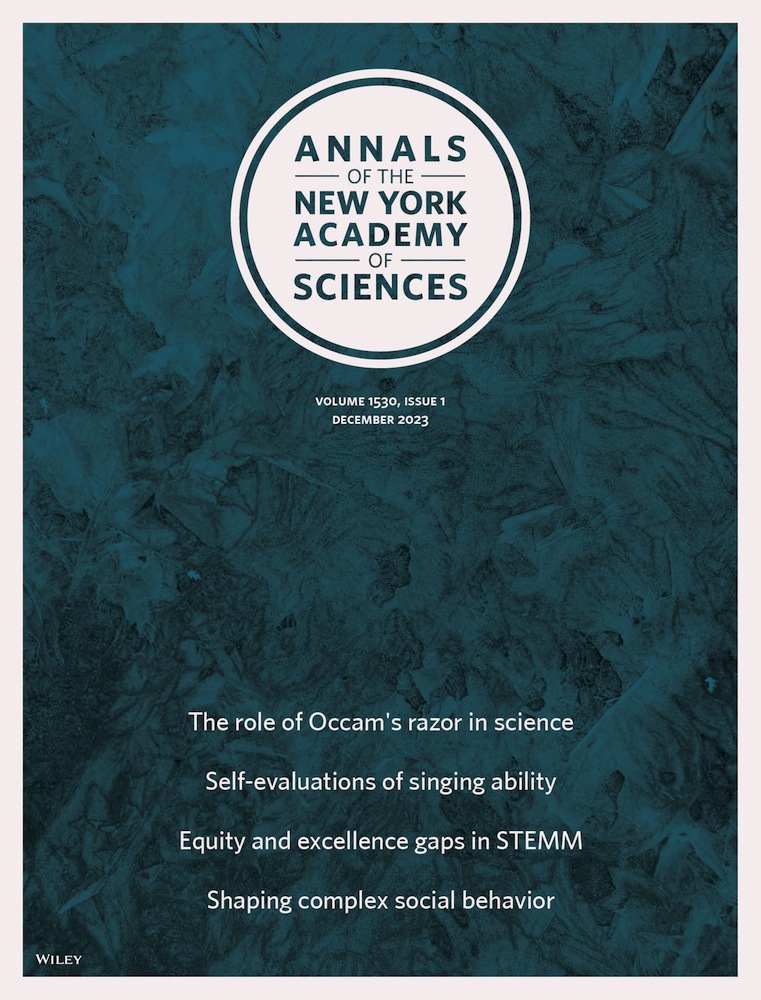Neural pathways to resilience: Leveraging neuroscience to understand and mitigate eco-anxiety
IF 4.1
3区 综合性期刊
Q1 MULTIDISCIPLINARY SCIENCES
引用次数: 0
Abstract
As climate change increasingly impacts global health, the psychological ramifications are becoming a significant concern, especially the phenomenon known as eco-anxiety. This anxiety stems from the chronic fear of environmental doom and affects a growing number of individuals, profoundly impacting both personal and collective well-being. Notably, children and adolescents are particularly vulnerable to the mental health effects of climate events, showing heightened symptoms of stress, depression, and anxiety. Eco-anxiety, while sharing similarities with general anxiety disorders in terms of neural mechanisms, also exhibits unique characteristics that underscore its distinction. Research on the neurobiological underpinnings of eco-anxiety reveals that structures within the brain's salience network, such as the midcingulate cortex and the insula, are crucial in detecting and responding to environmental threats. These areas show altered structure and function in individuals experiencing high levels of climate anxiety, correlating with both increased anxiety and engagement in pro-environmental behaviors. Understanding these neurobiological pathways is essential for developing targeted interventions that not only mitigate distress but also enhance psychological resilience. Employing neuroscience-based strategies, such as cognitive behavioral therapy, mindfulness, and neurofeedback, may offer effective tools for managing eco-anxiety, ultimately empowering vulnerable populations to confront climate challenges with renewed vigor and a sense of control.

求助全文
约1分钟内获得全文
求助全文
来源期刊

Annals of the New York Academy of Sciences
综合性期刊-综合性期刊
CiteScore
11.00
自引率
1.90%
发文量
193
审稿时长
2-4 weeks
期刊介绍:
Published on behalf of the New York Academy of Sciences, Annals of the New York Academy of Sciences provides multidisciplinary perspectives on research of current scientific interest with far-reaching implications for the wider scientific community and society at large. Each special issue assembles the best thinking of key contributors to a field of investigation at a time when emerging developments offer the promise of new insight. Individually themed, Annals special issues stimulate new ways to think about science by providing a neutral forum for discourse—within and across many institutions and fields.
 求助内容:
求助内容: 应助结果提醒方式:
应助结果提醒方式:


